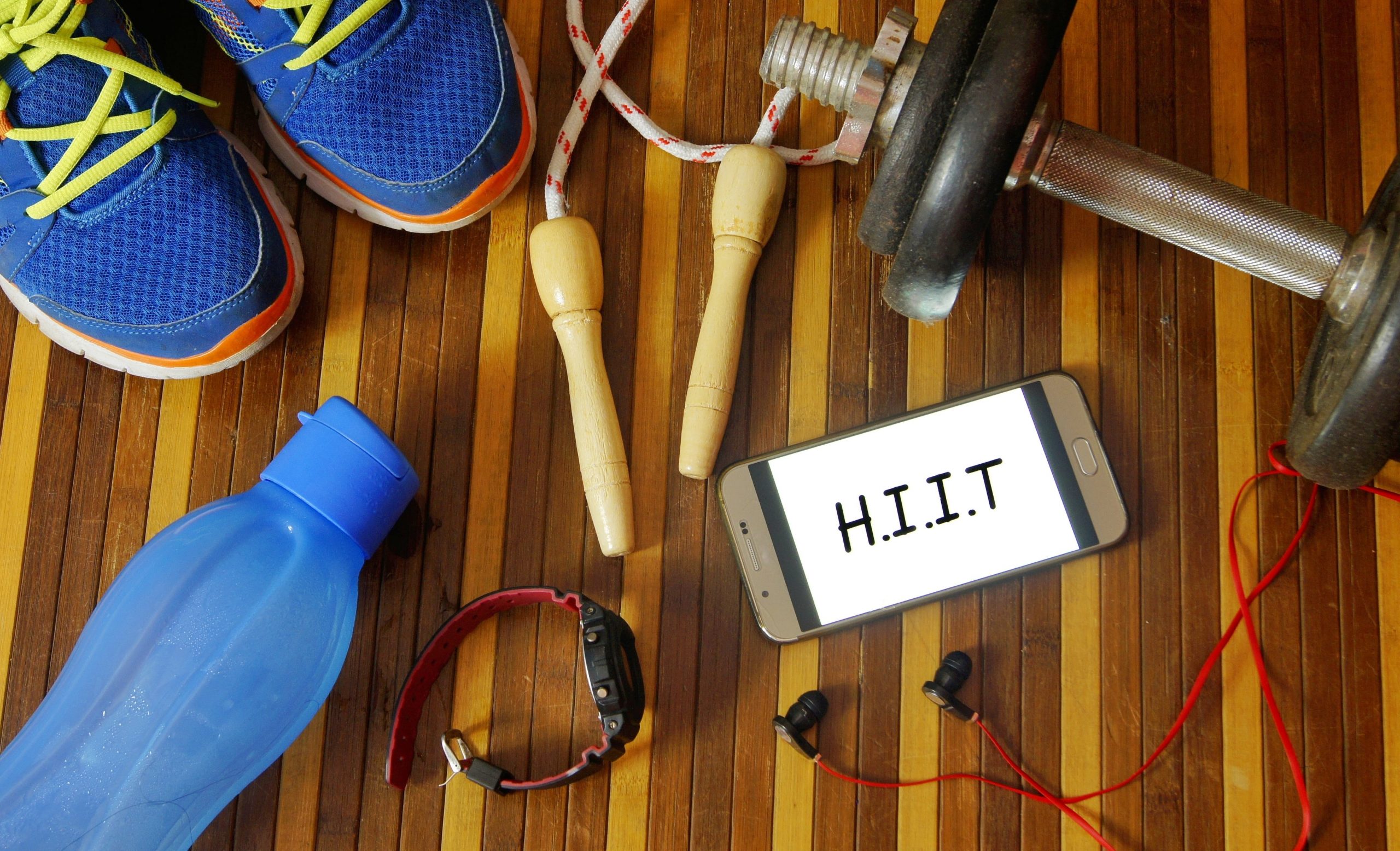Sir Roger Bannister, the distinguished neurologist and first man to break the 4 minute mile, first started running at the age of 17. Given his demanding studies at Oxford, his unorthodox training regimen consisted of three 30 minute sessions per week (10 quarter miles done in just over 60 seconds with 2 minutes of recovery between each high intensity quarter mile). In early 1954, Bannister plateaued at 61 seconds per quarter mile. He increased his break between training from 2 to 3 days and found he was suddenly able to run the same 10 quarter miles in 59 seconds. These were the two cornerstones of his training: short HIT training and periodic rests to allow the body to repair and run at a faster pace. These set the foundation for modern day high intensity interval training.
V02 Max
A key element to improving your health and speeding your weight loss is improving the efficiency of exercise. One way to achieve both those goals is to improve your V02 max, a measure of cardio-respiratory fitness. V02 max reflects your endurance during prolonged exercise (i.e. the ability of your heart and lungs to deliver oxygen and the muscles ability to use it to produce fuel).
V02 max is also linked to:
- a lower risk of all-cause mortality
- improved glucose metabolism,
- lower triglycerides
- maintenance of healthy cognitive function.
The average recreational exerciser has a V02 max of 35-55 for men and 25-45 for women. Trained men average 50-70 and trained women average 40-60.
High Intensity Training (HIT)
High Intensity Training (aka HIT) is a great tool for people who lead busy lives to improve V02 max. This method of training involves high intensity exercise interspersed with rest intervals at a low workload (e.g. walking at a casual pace). Note, the more time you spend at or near your max exertion, the greater your V02 max improvement. Scientific trials of HIT have shown notable increases in muscle mass and decreases in abdominal fat (e.g. Boudow, P Eur J Endocrinolo 2003 Nov 14- showed 24% increase in thigh muscle and 40% decrease in abdominal fat after 8 weeks of HIT). Additionally, increases in VO2 max correspond to lower incidence of age related cognitive decline.
CAVEAT: Please check with your regular MD before starting a High Intensity Interval Training program.
What is a HIGH INTENSITY INTERVAL?
Maintain 85-90% of your V02 max (this corresponds to 85-90% of maximum heart rate). The duration should be 75% of the maximum time you can sustain that intensity without fatiguing. For example, if you can maintain this for 120 seconds, set your interval to 90 seconds. For beginners, high intensity intervals may be 30 seconds at 85-90% of max heart rate, conditioned athletes may use 1- 3 minutes intervals, and very well trained athletes may use 1-5 minute intervals at 90-95% max heart rate.
NOTE: MAX HEART RATE= 220 – age
Example of a 50year old person: Max heart rate = 170 and 90% of Max heart rate = 153
What is a REST INTERVAL?
The duration of rest relative to high intensity intervals may vary with your comfort and fitness. For beginners at exercise, your rest interval should be twice as long as your high intensity interval. If you are a fit, regular exerciser, your rest interval will be the same duration as the high intensity interval. Very well trained athletes may use a rest interval that is half the high intensity interval.
Note: It is important to move during the rest period for a couple reasons:
- Exercise results in dilation of blood vessels. If we don’t move after exercise, the excess blood may pool in our veins and lead to a drop in blood pressure.
- Movement promotes blood flow and flushes out the metabolites (like lactic acid) that have been generated in the muscles.
DURATION OF HIT TRAINING:
The total HIT exercise time should be about 20 minutes + 5 minutes divided over warmup and cool down. When busy, the HIT exercise time can be shortened to 10 minutes + 5 minutes divided over warmup and cool down. The total number of high intensity intervals will vary with the duration of your high intensity and rest intervals.
If you have more time, it is okay to follow HIT training with 20- 40 mins of additional aerobic exercise (eg. riding a stationary bike or cardio circuit).
FREQUENCY OF HIT WORKOUTS:
We recommend that fit people under 40 consider 3 HIT workouts per week and people over 40 do 2 HIT workouts per week. With age, our muscles recover more slowly and we want our bodies to have sufficient time to rebuild the muscle that has been broken down in the workout.
SAMPLE WORKOUT:
Warmup at mild to moderate exertion for 2 minutes
BEGINNER: 1 minute HIT interval +2 minute rest interval x 7
ADVANCED: 3 minute HIT interval + 3 minute rest interval x 4
Cool down x 3 minutes (active stretching, massage, etc.)
SAMPLE SHORT WORKOUT: (aka Exercise Snack)
Warmup at mild to moderate exertion for 2 minutes
BEGINNER: 1 minute HIT interval +2 minute rest interval x 3
ADVANCED: 1 minute HIT interval + 1 minute rest interval x 5
Cool down x 3 minutes (active stretching, massage, etc.)
If you are a busy person who requires stealth exercise or exercise snacks, HIT is a brilliant option.

Dr. Bradford Rabin received his BA from Stanford University with honors in economics. In 1998, he received his MD, from Stanford University, along with the Dean’s award for Outstanding Research for nine neuroscience publications examining the biochemical pathways involved in sleep. Dr. Rabin completed his internal medicine residency at the University of California San Francisco. After his residency, he worked as a clinical instructor in the UCSF Department of Internal Medicine.
